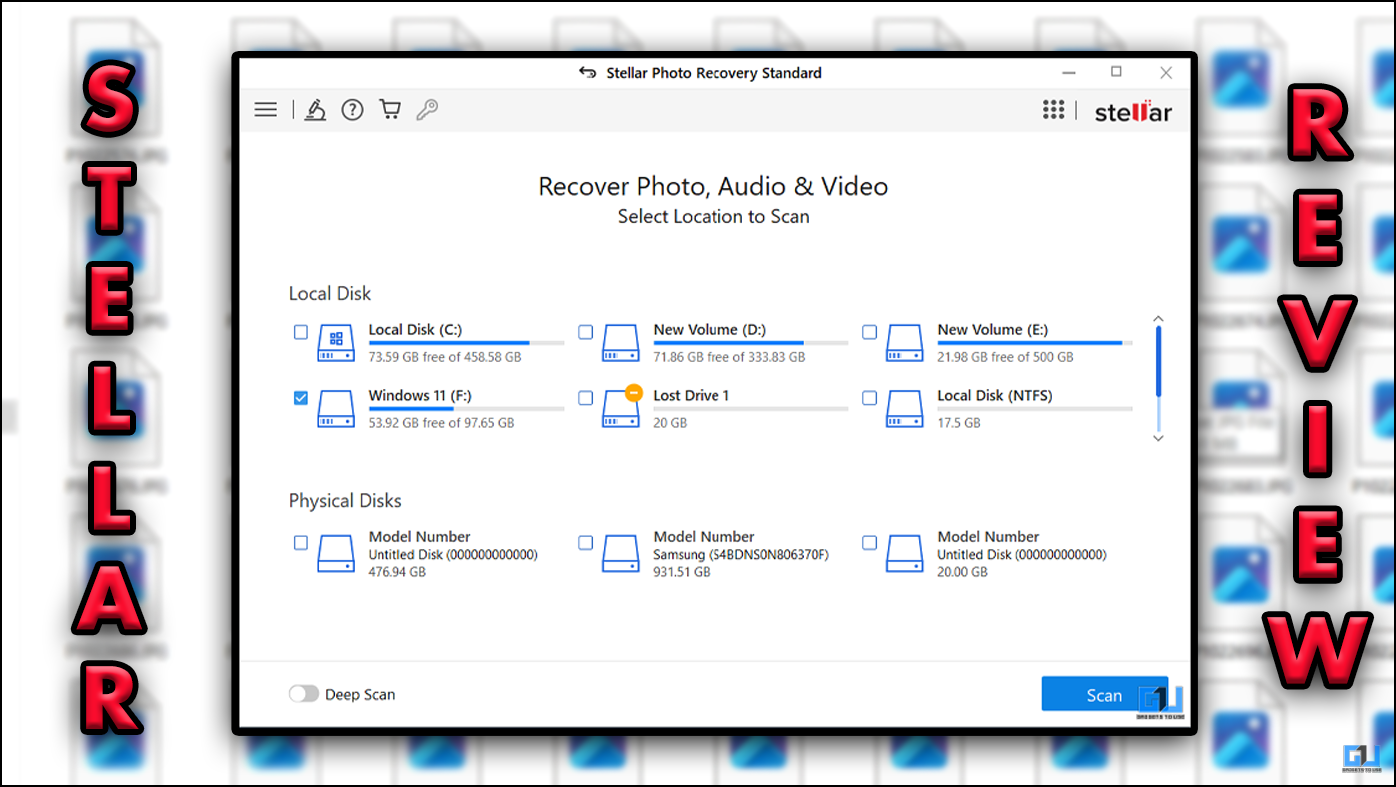Quick Answer
- The focus towards looks and body design is a step in the right direction, we are excited about future phone in the Iris Pro series.
- The phone is one of the lightest phone in its category and in our initial time spent with Iris Pro 30, we realized that Lava has definitely got the “Art” part right.
- The battery capacity is 2000 mAh and this is expected to last one day on a single charge with moderate usage.
Lava launched its premium Lava Iris Pro Series with Lava Iris Pro 30 (Initial Hands On Review), a phone which puts “Art in Smart”. The phone is one of the lightest phone in its category and in our initial time spent with Iris Pro 30, we realized that Lava has definitely got the “Art” part right. Let’s dig little deeper to see how the hardware of this phone stands against the competition.
Camera and Internal Storage
The primary camera has an 8 MP BSI (back side illuminated) sensor and also flaunts a blue light filter with LED flash. The shooter was decent enough in full light condition but stuttered a bit in low light performance. The front camera has a 3 MP sensor and can be used for Selfies and video calling. Most rivals will offer a better 13 MP/ 5 MP combination at this price range, the camera performance seems average.
The internal storage is 4 GB which slightly disappointing. The phone supports USB OTG which allows you to store bulky content in Flash drive and use it directly. MicroSD support is also present up to 32 GB. At this price range Lava should have provided with 8 GB onboard storage to keep up with the modern trends.
Processor and Battery
The processor employed is 1.2 GHz Quad core processor and since it’s a MediaTek processor, cores are most likely based on Cortex A7 architecture. The processor is paired with 1 GB which should be sufficient enough for smooth multi tasking. The processor is something we would expect 4 to 5 months back, the time when Lava first teased Iris Pro series. We will come up with the benchmark scores in our full review pretty soon.
The battery capacity is 2000 mAh and this is expected to last one day on a single charge with moderate usage. Lava claims that the content adaptive backlight feature, will save up to 30 percent battery backup.
Display and Feature
The Lava Iris Pro 30, flaunts a 4.7 inch 1280 x 720 pixel LCM500 brightness display from world renowned Sharp Industries. The IPS LCD display also features OGS technology which eliminates a few display layers for closer and more responsive display.
Other display features include content adaptive backlight feature, which auto adjusts screen brightness according to the content being displayed and Corning Gorilla Glass protection with scratch resistance. The viewing angles were great but don’t expect any extra-ordinary brightness from the display.
The phone runs on Android 4.2 jelly bean operating system. The operating system is upgradable. The phone also features Dual Microphones for noise cancelation, Dual SIM and USB OTG connectivity.
Looks and Connectivity
The phone looks quite premium and looks a lot like iPhone 4S. Body thickness is only 7.5 mm and the weight is only 114 grams. The metallic alloy running around the edges make the phone look quite attractive. With a 4.7 inch display form factor the phone is quite comfortable to hold and also for single handed usage.
Connectivity features include 3G, Wi-Fi 802.11 b/g/n, Bluetooth 4.0 with A2DP, aGPS, 3.5mm audio jack, FM Radio.
Comparison
The Lava Iris Pro 30 will compete against phones like Micromax Canvas Turbo, Gionee Elife E7 Mini, Xolo Q1000s and Micromax Canvas Magnus. The hardware of the phone has nothing special to offer as compared to the upcoming rival phones in the same price segment.
Conclusion
The phone scores big in terms of looks and body design but it remains to be seen how much that can compensate for mediocre hardware. Perhaps if Iris Pro 30 had been launched 4 months back as originally intended, it would have been a lot more meaningful. The focus towards looks and body design is a step in the right direction, we are excited about future phone in the Iris Pro series.













